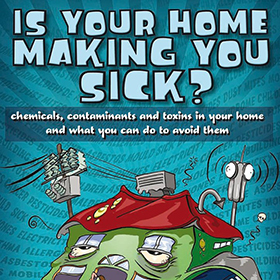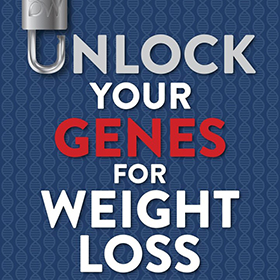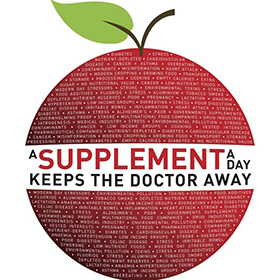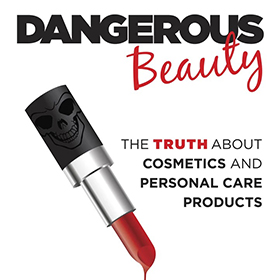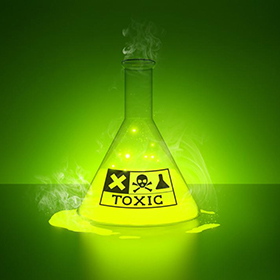Residential proximity to agricultural pesticide use has been associated with many adverse health conditions including neural tube defects and autism. In a long term study of 283 mothers and children 7 years old living in an agricultural area in the US researchers found a decrease of 2.2 points in Full-Scale IQ and 2.9 points in […]
Pesticide exposure has a big impact on kids IQ and mental development
